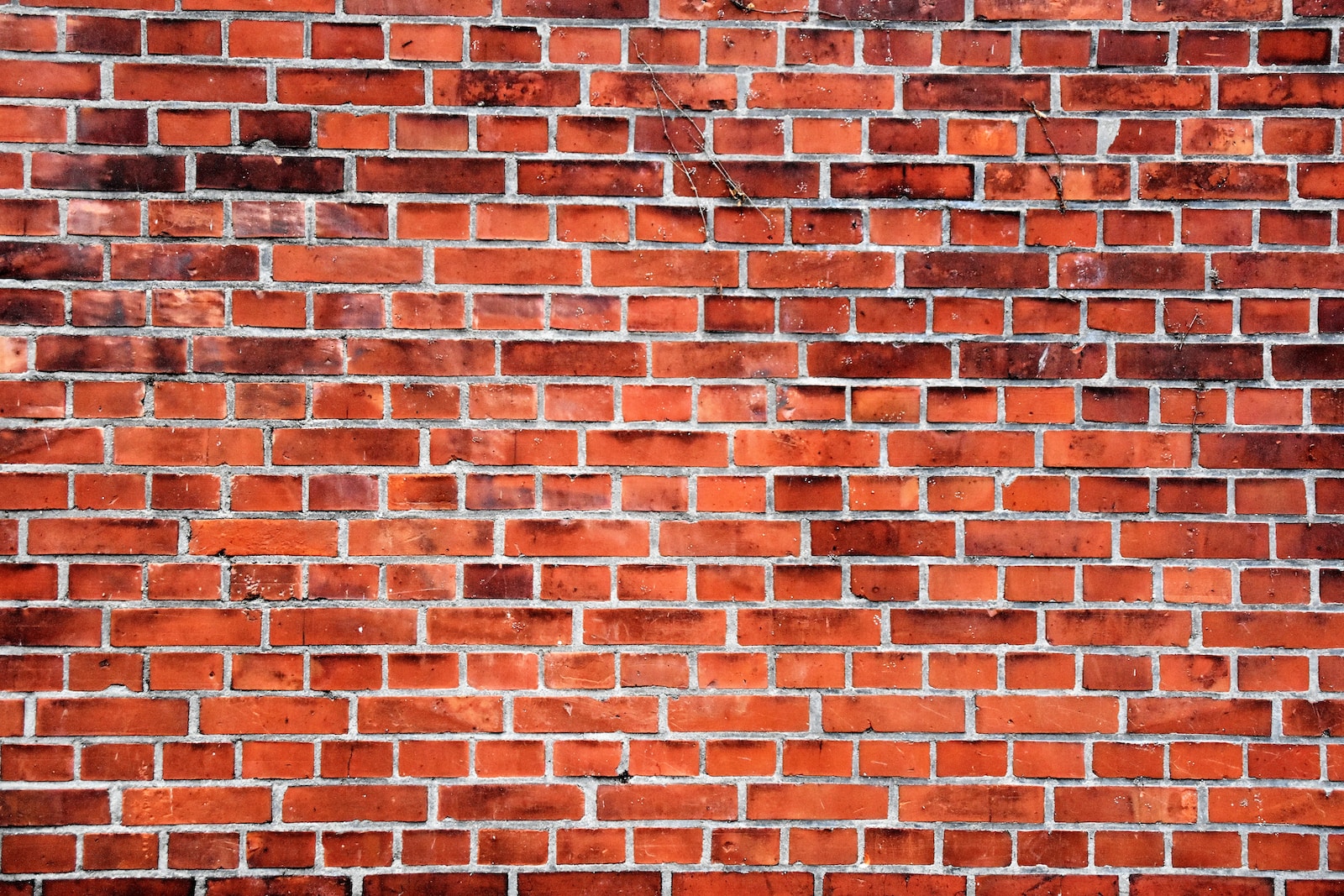Revolutionizing Construction: Innovations in Brick Masonry Techniques
Brick masonry has long been a cornerstone of the construction industry, providing aesthetic appeal and structural integrity. The history of brick masonry dates back thousands of years, reflecting humanity’s quest for durability and stability.
Modern techniques have refined the art of bricklaying, leading to more sustainable, energy-efficient, and robust structures. This article explores the various types of brick masonry and the advanced construction techniques involved.
Types of Brick Masonry
Several types of brick masonry are employed depending on the construction requirements. The main categories include:
- Solid Brick Masonry: This is the most common type, involving bricks laid together with mortar, providing excellent strength and durability.
- Hollow Brick Masonry: Here, gaps are left between bricks, allowing for insulation or passage of utilities.
- Reinforced Brick Masonry: This includes the integration of steel reinforcement, providing additional structural support.
- Composite Brick Masonry: This technique involves the combination of two or more types of bricks or other construction materials.
Materials
Choosing a suitable material is crucial for successful brick masonry construction. Different materials provide various characteristics like color, texture, strength, and durability.
- Bricks: Bricks are made from clay, shale, or other inorganic raw materials. They are available in different grades, colors, and sizes.
- Mortar: Mortar is a mix of lime, cement, sand, and water. The consistency and type of mortar are essential for the structure’s strength and appearance.
Bricklaying Techniques
Brick masonry construction involves steps and techniques that must be followed for a successful project.
- Brick Bonding: Bonding refers to the arrangement of bricks in a particular pattern. Common bonding techniques include English Bond, Flemish Bond, and Stretcher Bond.
- Jointing: This process ensures that gaps between bricks are filled with mortar. Proper jointing provides a neat finish and additional strength.
- Curing: Proper curing is essential to ensure the mortar gains strength and adheres well to the bricks.
- Damp Proofing: Special techniques are employed to protect brick masonry from moisture, thus preventing dampness and related problems.
Modern Techniques
With advancements in technology, several new techniques have emerged that further enhance the quality of brick masonry construction.
- Prefabrication: Prefabricated brick panels are manufactured off-site and transported to the construction site, reducing time and labor.
- Thin Brick Veneers: These offer the aesthetic appeal of traditional brickwork with reduced weight and increased insulation.
- Use of Robotics: Robotics and automation are used to lay bricks, improving precision and efficiency.
Sustainability and Energy Efficiency
The contemporary focus on sustainability has influenced the use of brick masonry, leading to the use of energy-efficient materials and construction techniques. Recycled materials, low-energy production processes, and improved insulation methods are becoming standard in the industry.
Conclusion
Brick masonry remains a vital part of the global construction industry. Its rich history and continuous innovation make it a versatile and reliable option for various building projects. The range of available techniques and materials means brick masonry can be tailored to meet specific structural and aesthetic requirements. Focusing on sustainability and energy efficiency adds another dimension to this ancient craft, making it relevant in today’s green construction landscape.

